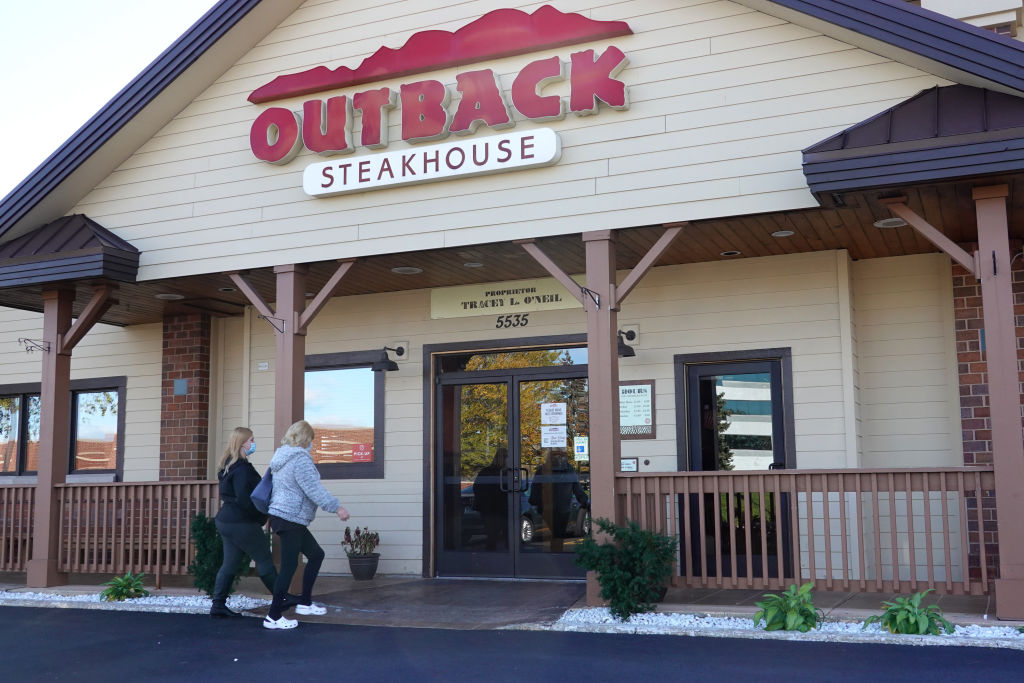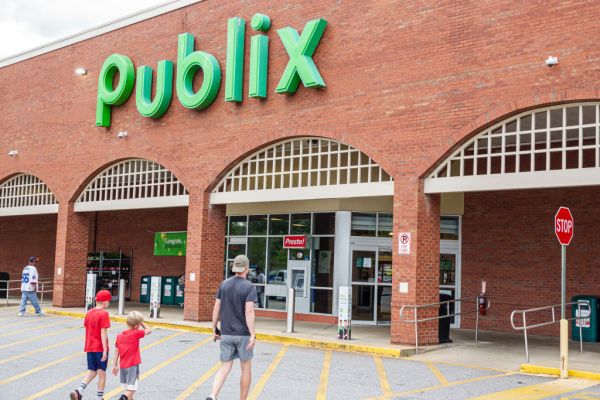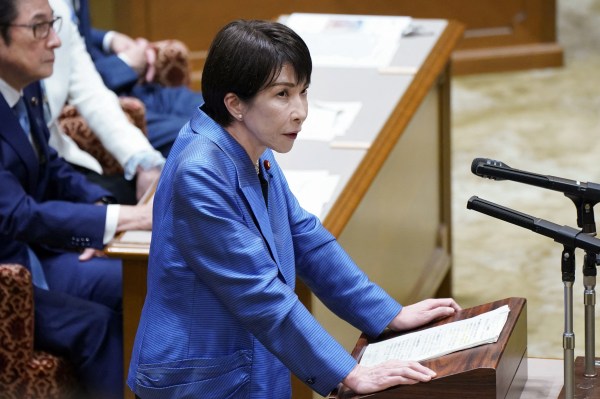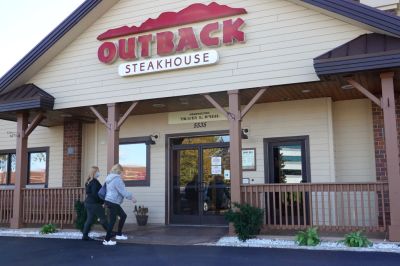Over the past decade, many legacy casual dining operators across the country have faced significant market instability as shifting customer preferences, rising commodity prices, tight labor supply, and costly all-you-can-eat shrimp promotions chip away at profitability.
Amid these challenges, several viral social media posts recently presented a list of restaurants that are closing all or some of their restaurants this year. “The DOWNFALL of the US Economy,” says one version of the image. Another simply remarks, “Bidenomics?”
These posts represent a real trend in casual dining closures and bankruptcies, but the exact numbers they include are often inaccurate. Some listed restaurants are closing locations, but others are opening new restaurants to offset closures or even actively expanding.
Closure numbers for several listed restaurants, such as MOD Pizza, PDQ, Applebee’s, and Red Lobster, are correct. In a February 29 earnings call, for example, Applebee’s President Tony Moralejo said that the chain was expecting a net decrease of 25 to 35 restaurants during 2024, matching the post’s figure. MOD Pizza similarly shut down 26 of its more than 500 locations in the first quarter of 2024 alone, and PDQ permanently closed the doors for eight restaurants across the Carolinas—both figures were recorded correctly in the image.
Red Lobster, which is closing around 50 of its more than 500 restaurants this year, filed for bankruptcy this May. The seafood restaurant notably lost $11 million last year from a failed attempt to attract customers through an “endless shrimp” promotion. The campaign led to shrimp shortages and drove up supplier costs for the already struggling operation.
Some of the numbers listed, however, are misleading, and some are outright false. Outback Steakhouse, for example, is not itself closing 41 restaurants. The steakhouse’s parent company, Bloomin’ Brands, did announce that 41 closures would occur across its five-restaurant portfolio in 2024, including some Outback Steakhouse locations, but also revealed that it would open 40 to 45 new locations during the year. Pizza restaurant Sbarro, which the post claims is closing 50 locations this year, is not planning to close locations at all in 2024, and is instead set to continue expanding after two successful years of growth, a representative of the chain told The Dispatch Fact Check.
Despite inaccuracies in some of the list’s examples, its overall message that many restaurants in the U.S. are facing economic and operational headwinds is correct. These struggles have been especially pronounced in casual dining, the market space that sits between value-priced fast food like McDonald’s and fast-casual restaurants like Chipotle and more expensive upscale dining experiences.
As the U.S. economy began to react to early COVID-19 pandemic restrictions, many industry experts anticipated widespread closures among restaurant operators. However, federal implementation of the Paycheck Protection Program (PPP) allowed many to continue to operate. “We expected to see a lot more bankruptcies ripple across the industry. We thought it could be as much as 20 percent that could go under, and the number was lower than that,” Aaron Allen, founder of the global restaurant research and consultancy group Aaron Allen & Associates, told The Dispatch Fact Check. “Part of that was the response with the PPP funds that were injected into the economy.”
Upon PPP’s expiration in March 2021, however, restaurant operators began feeling the delayed impact of the pandemic. “Now that the [PPP] financing has run out, we’re starting to see the chickens come home to roost,” Allen added. Restaurants across the country have faced increasing commodity, labor, and occupancy costs in recent years that cannot be fully offset by adjustments to menu prices. This has in turn decreased profitability for some restaurants, and made it more difficult for operators to survive in what was already a low-margin industry.
If you have a claim you would like to see us fact check, please send us an email at factcheck@thedispatch.com. If you would like to suggest a correction to this piece or any other Dispatch article, please email corrections@thedispatch.com.







Please note that we at The Dispatch hold ourselves, our work, and our commenters to a higher standard than other places on the internet. We welcome comments that foster genuine debate or discussion—including comments critical of us or our work—but responses that include ad hominem attacks on fellow Dispatch members or are intended to stoke fear and anger may be moderated.
With your membership, you only have the ability to comment on The Morning Dispatch articles. Consider upgrading to join the conversation everywhere.